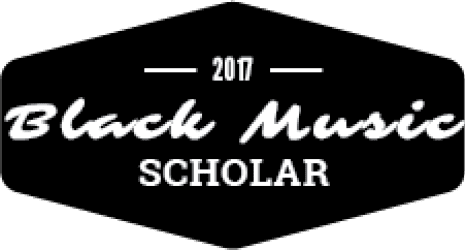
ORIGIN & CHARACTERISTICS
- Instrumentation used in subgenre: Electric guitars, amplifiers, and keyboards
- Are less likely to use piano, double bass and drums
- The fusion of traditional jazz with the combination of the brass and woodwind instruments
- It is a jazz style that incorporated rhythms, harmonies and melodic motives from popular forms of music
- Is mostly known for its creativity of jazz improvisation, rock and roll, electric instruments and textural experimentation
- Bitches Brew used eighth note time feels and production of techniques used in popular music such as, overdubbing and looping.
- Overdubbing is a record with additional sounds on an existing recording. Looping is a short section of a track repeated.
- The most successful album in fusion jazz was Herbie Hancock’s Headhunters in 1973. It featured funk bass lines, rhythm guitar parts and horn riffs over instrumental solos.
IMPORTANT PERFROMERS
Miles Davis and Herbie Hancock


SOCIAL IMPLICATION AND COMMODIFICATION
Fusion came in the late 60s and early 70s.
Often expressed their dissatisfaction with society. “Hippy movement “. Came about because musicians wanted to capitalize on appeal of rock music. Its most likely instrumental. Fusion music generally got little radio time in the United States due to the lack of vocals and the long length in the songs. Fusion was more significant in the European, Japan and south American radio
INFLUENCE ON FUTURE GENRES
Fusion Jazz has had a direct impact on rock music specifically in “progressive metal” in the 1990’s.
Bands like Gong, and Meshuggah include elements of fusion jazz such as “long solos, non standard time signatures, and complex music”
CONCLUSORY OPINIONS
Fusion Jazz was by far my favorite type of jazz music. I loved the improvisational style and heavy funk influence.

